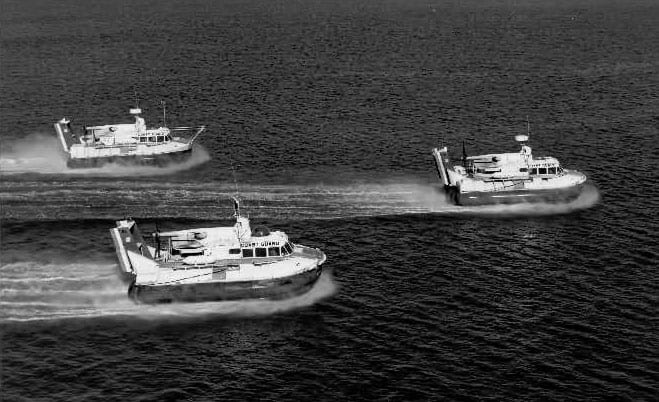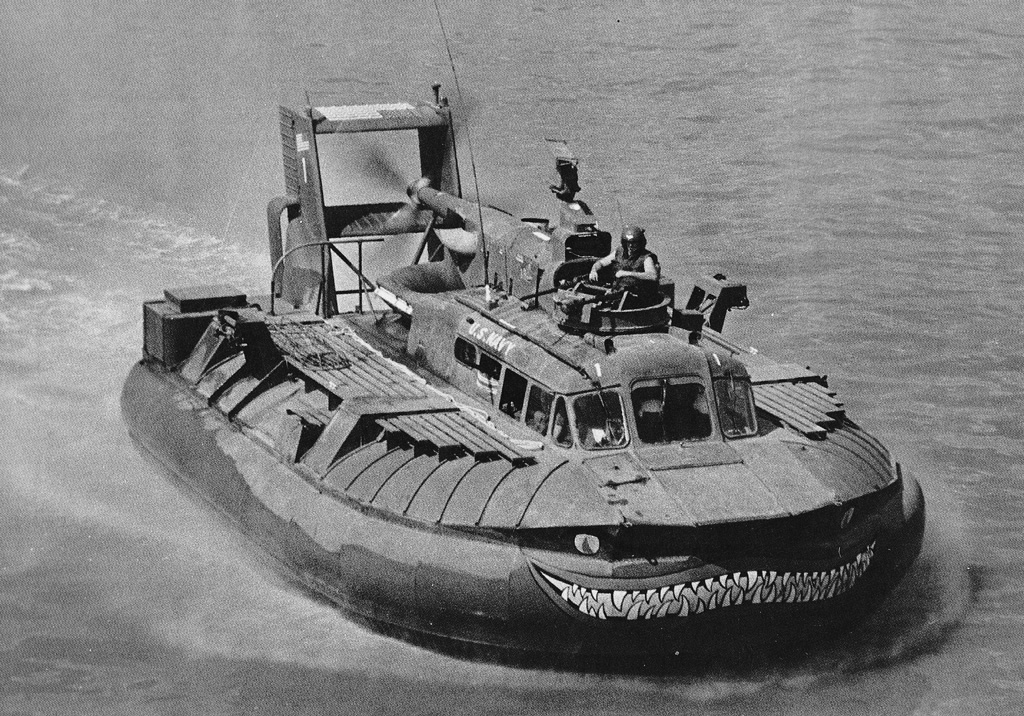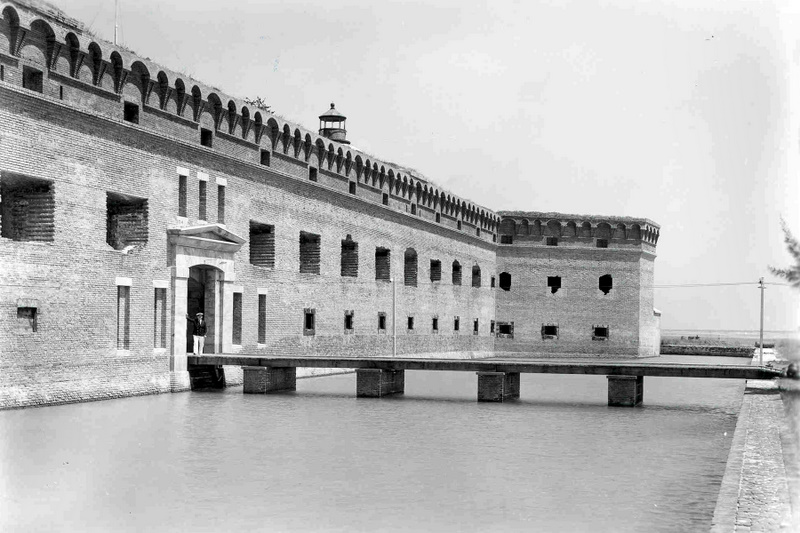My apologies, it's the supply bunker website, never, ever use a BlackBerry for anything important!!!
Announcement
Collapse
No announcement yet.
PF 006 Lonestar.
Collapse
X
-
Sorry, I work for the government, we still have, and use, typewriters and carbon paper. Our email system still tries to translate into Chinese...and a certain Army base STILL uses 8 inch disk drives and Tandy computers for its logistical system.Originally posted by ArmySGT. View Post2000 called. Wants to know where you have been.
Remember! The Department of Defense, still maintains warehouses with Civil War era small arms and cannons, Spanish-American War uniforms, World War 2 rations and a wide variety of junk from the last 150 years. We are prepared to fight all of America's wars, simultaneously and with period correct equipment.
Now I have to board my airship and inspect DOD property in Kuwait, and report my findings via telegraph!
 The reason that the American Army does so well in wartime, is that war is chaos, and the American Army practices chaos on a daily basis.
The reason that the American Army does so well in wartime, is that war is chaos, and the American Army practices chaos on a daily basis.
Comment
-
Shhh! These are stockpiled for use by Voltigeurs who travel back to the past as part of The Bureau of Temporal Affairs *Originally posted by dragoon500ly View Post
Remember! The Department of Defense, still maintains warehouses with Civil War era small arms and cannons, Spanish-American War uniforms, World War 2 rations and a wide variety of junk from the last 150 years. We are prepared to fight all of America's wars, simultaneously and with period correct equipment.
*Time & Time Again rpg, by Timeline ltd.
Comment
-
Air Cushion Vehicles
I think you are misjudging the ACV. The SK-5 also served with the Army in Vietnam and then the machines were transferred to the Coast Guard where they worked doing SAR.Originally posted by ArmySGT. View PostOMG do I really, really, really despise the whole Air cushioned vehicle as a Project Machine.
I really, really do. The SK-5 was a Navy toy for interdiction in inland waterways and swamps. The Mekong delta for sure. I hate it. Not that I am fond of boats anyway. This thing is an annoying pin pick for the bad guys, it zooms by, shoots wildly, and hauls ass out to avoid return fire...... Harrassment fire at best. Royally screwed if the terrain is not favorable.
I am opting that and the Bolthole afloat concept out. Completely along with the other two ACVs. Somebody at Timeline thought these were sexy and cool. Damned if I know why.
ACVs have done a number of very impressive exploration voyages
 Veteran French oceanographer Jacques Cousteau met the Brazilian navy minister Thursday to detail plans for his most daring expedition ever, a 13-month...
Veteran French oceanographer Jacques Cousteau met the Brazilian navy minister Thursday to detail plans for his most daring expedition ever, a 13-month...
 In the late 1960s significant interest was generated within the Coast Guard as to the feasibility of obtaining Air Cushion Vehicles (ACVs) to support a variety of Coast Guard missions. When three SK-5 ACVs, no longer required for the naval mission in Vietnam, became available in late 1969 the Coast…
In the late 1960s significant interest was generated within the Coast Guard as to the feasibility of obtaining Air Cushion Vehicles (ACVs) to support a variety of Coast Guard missions. When three SK-5 ACVs, no longer required for the naval mission in Vietnam, became available in late 1969 the Coast…
ACV's can cross something like 80% of the coastlines of the oceans, and in the Gulf I'd be hard pressed to think of any parts of the coast of texas, Louisiana, Mississippi or Florida where an ACV can't make landfall (unless heavy forest goes all the way down to the water. They can travel from the oceans, over any bars at the mouth and up to the headwaters of the major rivers in the region.
I've ridden a civilian ACV in the Solent through about 10 foot swells. The ride was rough but service was maintained. It was a little like a roller coaster, super fun!
CT-13 can use ACVs effectively and the region is particularly suitable for such operations. in the 5-10 year time frame even the growing of trees will probably not be enough to exclude ACVs from most landfalls.
That being said the machines in the module, except for the Science Machine are pretty lame. I upgraded the MARS vehicle with a pair of rocket pods and 2 40mm AGLs on side mounted pylons to supplement the 20mm (now a 25mm Bushmaster). It gets a 50 cal on a central pintle mount as well as the two existing M60 side gunners. In addition add a decent sensor suite.
The Recon machine gets replaced with a Stealth Ducted Fan Helicopter. This is a fancy two seat machine consisting of a kevlar shell with a big central fan. It seats two and has all sorts sensors and countermeasures. It is armed with a minigun in an Emerson MiniTat turret and a pair of Stingers. This is fast and can fly high and is basically invisible to most sensors, passive or active.
Comment
-
Machine shops do not need electricity at all. They need an energy source but it could be steam or hydraulic to name two. There was a long period when all the machines in a shop were powered by belt drives off line shafts.Originally posted by ArmySGT. View PostMachine shops require huge quantity of consumables to make product.
High speed steel to make tool bits or tungsten carbide premade bits. Those are consumed as resharpened or chipped in use. Cutting oils and kerosene for lubricating parts as these are cut and generating heat. Sand paper in strips or sheets from 80 grit to 5000 grit to polish parts for fit gets used up fast. Sandpapers think three to six feet of strips for barrel polishing. Valve grinding compound in 40 to 600 for final fitting two parts that must have below .003 tolerances like gas valves. Drill bits (especially certain preferred sizes) last from a month to a year with periodic resharpening. Same goes for reamers to be sure a hole is true to the specified diameter.
Barrel reamers (cutters or buttons) are made by few specialized shops (Pacific Tool & Gauge is one) as are the specific reamers for a chosen caliber. These come in sets of three. One and Two basically open up and establish to chamber shape and size. Number three is the Final and cuts the chamber to SAAMI specs in depth, shoulder, and leed. One and Two would last about six months if you used a drill bit to hog out material. Three or Final has to be precise and would be out of spec if you were trying to cut several chambers a day for a month.
A machine shop needs three phase 240 or 440 watt power at 60 cycles without interruptions. Any loss or power that fluctuates will cause imprecise cuts a trained machinists would need to assess and recut.
Most of all a machine shop needs steel, iron, aluminum, copper, and lead in pure or as alloys in correct ratios. Most salvaged metals can't be trusted to make parts that must endure with out destructive testing first for hardness, ductility, etc, etc.
The Republic is must build a blast furnace to be fed with coke (cooked coal) and some metallurgists that know how to add in alloys like chromium, manganese, boron, and others to make steels for various purposes.
That is why I think the Republic and the KFS have a trade established about New Orleans with beef, ammonium nitrate, leather, motor oil, gear oil, lamp oil, kerosene, diesel, and plastic pellets going to the KFS. The KFS is sending back textiles, machine shop consumables, containers (55 gallon and 30 gallon drums, metal boxes with lids, and assorted tupperware or glass jars with lids), and horses for the Cavalry.
Perfect alloys make equipment last a lot longer, but they aren't required. Most of the alloys you mention didn't come into general use until well after the 1903 Springfield was in production. https://en.wikipedia.org/wiki/Stainless_steel#History
Also steel is widely recycled today https://en.wikipedia.org/wiki/Scrap#...etal_recycling so getting it graded and sorted is not only possibly but commercially viable.
Comment
-
Those have been out of fashion since the 1930s and won't be found outside of a museum with most having been scrapped for the metals in WW2. Postwar date 1989 or 2017 electrically driven machinery is going to be found in industrial zones, high schools, colleges, and trade schools.Originally posted by tsofian View PostMachine shops do not need electricity at all. They need an energy source but it could be steam or hydraulic to name two. There was a long period when all the machines in a shop were powered by belt drives offline shafts.
forget conversion. That would take more effort than it would be worth.
Comment
-
Who said conversion This technology will be remade after the war. Folks will use generators and remaining fuel to build systems that are sustainable. Things like hit and miss engines and PTO off truck and tractors will be powering equipment. Antique stores and museums and barns will be raided for hit and miss motors and similar pre electrical technology. This won't happen everywhere. The places it doesn't happen will either find other ways or not develop technologicallyOriginally posted by ArmySGT. View PostThose have been out of fashion since the 1930s and won't be found outside of a museum with most having been scrapped for the metals in WW2. Postwar date 1989 or 2017 electrically driven machinery is going to be found in industrial zones, high schools, colleges, and trade schools.
forget conversion. That would take more effort than it would be worth.
Comment
-
In the late eighties a lot of things had not yet been outsources so large industrial facilities often had their own in house machine shops. These places also often had emergency generators. Some of these facilities will be in the middle of nowhere and won't be nuclear targets. Marine salvage yards will also have machine shops and may be able to get out to sea for a the immediate postwar period (forming the beginning of the Gulf shipmen). Remember the scale up doesn't have to happen in a minute, they have decades to switch from cannibalization and salvage to restoration and new construction.Originally posted by mmartin798 View PostA quick search for vendors that service the petroleum industry in Texas that offer machining services yields about 100, some with mobile on-site capabilities, many of which are in the greater Houston area. If some of these were considered necessary for survival, then it is likely that a few mills and lathes may have survived. The bigger questions are: did enough skilled operators survive that can mill replacement parts for the machines, can tooling be created of sufficient quality and hardness to keep up with wear and can the generators be maintained.
I would claim that on a small scale this is possible, but whether or not it scales to the manufacturing of arms for an army is your call.
BTW here is an interesting article on ammunition feed systems http://www.m1919tech.com/26513.html
Comment
-
Structure survivability
How could the oil rig with the bolt hole have survived 150 years
First let's look at some historic structures https://en.wikipedia.org/wiki/Dry_Tortugas_Light
Although the lighthouse was repaired while in service it did survive a number of direct hits by hurricanes over the century and a half since it was built. The Fort however went a hundred years without any care at all.
If a pair of brick structures could survive that long I think a facility designed by the Project could last 150 years as well.
Back in the Nostromo days there was a discussion about why any bolt hole could survive 150 years. It comes down to planned lifespan and over engineering. If the project started freezing people in the 1960s or so and the war could be anywhere up to 40 years later, that gives us a decent starting point. All structures had to survive 40 years. The standard bolt hole would be designed to survive 40 years of the worst case scenario. That would include erosion, ground water earthquakes, a nearby nuke, tornados and such. From there we can look at over engineering the structures and they will double or triple the life, as a factor of 2-3 is not excessive. A factor of 5 is not unheard of.
So let's look at the Lonestar Bolt Hole. It would have been designed for a worst case scenario. In this case I'd say it would be designed to survive a direct hit by a Cat three hurricane every three years and a Cat five direct hit every ten and a nearby nuke hit.
I have no problem seeing the platform leg lasting 150 years
Comment






Comment